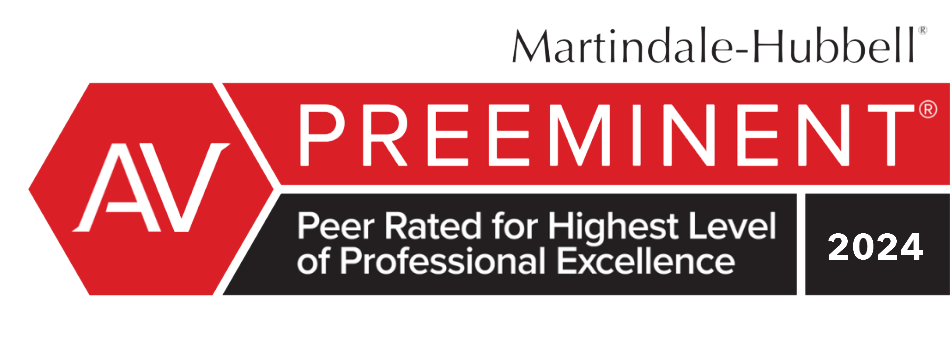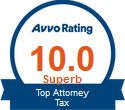When you’re facing a tax bill that feels impossible to pay all at once, especially one over $50,000, the IRS offers some structured ways to get back on track. One of those ways is through an installment agreement, and if you’re a wage earner with a particularly large balance, you may be required to submit IRS Form 433-H.
In this post, we’ll explain what Form 433-H is, when it’s used, what information you’ll need to provide, and how to submit it.
What Is IRS Form 433-H?
IRS Form 433-H is called the Installment Agreement Request and Collection Information Statement. It’s a document the IRS uses to evaluate whether you qualify for a long-term payment plan, also known as an installment agreement, when you owe more than $50,000 in taxes, penalties, and interest.
Unlike simpler forms like Form 9465, which you might use if you owe less than $50,000 and can pay it off in six years, Form 433-H digs much deeper. It’s not just about asking for a payment plan; it also includes a financial statement that helps the IRS determine what kind of monthly payment you can realistically make.
Note: There are several versions of Form 433 depending on your situation. You can read more about the differences between Form 433-A, 433-B, 433-F, and 433-H in this article.
Who Needs to Use Form 433-H?
Form 433-H is designed for wage earners (not self-employed individuals or business owners) who:
- Owe more than $50,000 to the IRS
- Can’t pay their balance within the usual 72-month window
- Need to provide a detailed financial breakdown to prove they need special terms
If your debt is under $50,000 or you can pay it off within 72 months, the IRS will usually let you apply online or through Form 9465 without asking for this form.
What Information Do You Need to Provide?
Because Form 433-H includes a financial statement, expect to share detailed information about your:
- Monthly income and where it comes from (e.g., wages, alimony, rental income)
- Monthly living expenses (e.g., rent, groceries, car payments, childcare)
- Assets (e.g., home equity, vehicles, bank accounts, retirement accounts)
- Debts (e.g., mortgage balances, car loans, credit cards)
You’ll also need to propose a monthly payment amount, though the IRS will review your financials and may negotiate this figure.
What Supporting Documents Should You Attach?
To back up what you put on the form, the IRS may request documents like:
- Recent pay stubs
- Bank statements
- Mortgage or rent statements
- Utility bills
- Credit card statements
It’s a good idea to gather these in advance so you can complete the form accurately and respond quickly if the IRS follows up.
How Do You Submit Form 433-H?
Unlike some IRS forms, Form 433-H typically needs to be submitted by mail. Where you send it depends on your location and the IRS office handling your case. If you’re working with a revenue officer or have received a notice instructing you to complete the form, follow the mailing address in that correspondence.
You can find the form 433-H here on the IRS website.
Final Thoughts
Filing IRS Form 433-H might feel daunting, especially when you’re already dealing with financial stress. But this form can be the key to setting up a manageable payment plan and avoiding more aggressive IRS collection actions like levies or garnishments.
If you’re not sure how to fill it out or want someone to negotiate with the IRS on your behalf, it’s smart to talk to a tax attorney or other tax resolution professional. The stakes are high, and having expert guidance can make the process smoother and less intimidating.
Need help understanding your options or preparing IRS Form 433-H?
Contact the Law Office of Steven N. Klitzner for experienced, compassionate support with IRS tax problems.







 Steven N. Klitzner, P.A. is a tax attorney based in Miami, Florida. He has been practicing tax law for over 40 years, and currently holds a 10.0 rating by Avvo. Mr. Klitzner was appointed to the IRS Service Advisory Council in 2021 and is...
Steven N. Klitzner, P.A. is a tax attorney based in Miami, Florida. He has been practicing tax law for over 40 years, and currently holds a 10.0 rating by Avvo. Mr. Klitzner was appointed to the IRS Service Advisory Council in 2021 and is... 





